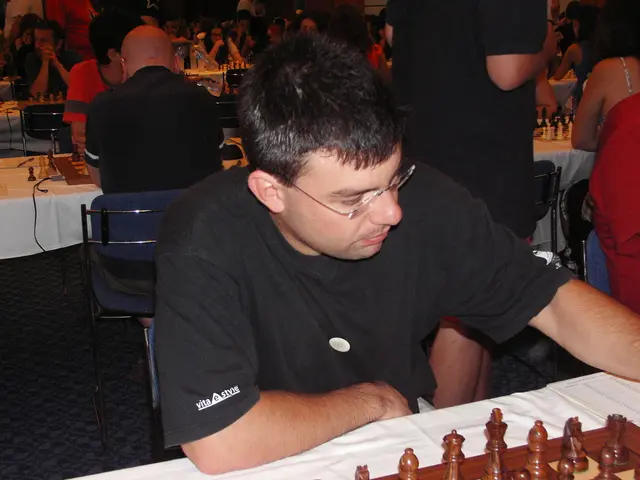Poker Probability Quick Reference Guide
Taking Poker Mastery to the Next Level with Odds
Cracking the code on poker odds can significantly boost your game and help you become a formidable player at the table. Here are two crucial concepts every player should master: outs and pot odds.
Master Your Hand with Outs
When you're in a poker round and trying to enhance your hand, any cards that could potentially help you are known as 'outs'.
For example, let's say you have and the flop is . You don't have a pair, but you have various 'outs' that can upgrade your hand to a straight or a flush:
- Any of these 9 cards can propel your hand to a flush:
- Any of these 6 cards can spur your hand to a straight.
So, in this scenario, you have 15 potential 'outs' — cards that could transform your hand to a winning one via the turn or the river.
Employing the Rule of 4 and 2 for a Quick Probability Estimate
For a quick approach to gauge your likelihood of hitting your 'outs', follow these easy calculations:
- On the Flop: Multiply your 'outs' by 4 to estimate your approximate probability of hitting a winning card by the river (with both the turn and river cards remaining).
- On the Turn: Multiply your 'outs' by 2 to obtain your percentage odds of hitting on the river (with just one remaining card).
In the previous example, the 15 'outs' give you an approximately 60% chance of hitting a winning hand with two cards remaining, and a 30% chance with one card to go.
Using this to Decide whether to Place a Call
Now that you understand how to determine your chances of landing a winning card, use pot odds to figure out if placing a call is a smart move.
To do this:
- Sum the amount of chips in the pot along with the required call amount.
- Divide the required call amount by the total sum.
- Multiply the result by 100.
This gives you a percentage figure.
If this percentage is lower than your chances of improving your hand, it's wise to place the call; if it's higher, it's not.
Head to our poker odds page for a detailed look at outs, pot odds, and more.
Pro Tip: Don't ignore the 'Rule of 5/2'. This shorthand trick makes it easier to estimate if you're close to hitting your 'outs'. Divide your 'outs' by the number of cards you still need to draw (3 for the flop, 4 or less for the turn, and 1 for the river) and then add 1. If the result is 5 or smaller, you're quite far from winning; 6 to 10 shows you're improving, and anything above 11 means you're close to hitting your 'outs'.
While mastering the essential concepts of 'outs' and 'pot odds' in poker can influence your game immensely, understanding the current 'gambling trends' and 'casino-games' can provide valuable context for improving your casino-and-gambling strategy. For instance, understanding the popularity of online poker and the latest trends in casino games could help in choosing the most profitable games to play. Furthermore, analyzing the rules and strategies of various 'casino-games' can offer insights into new poker variations or tactics that could boost your chances of winning.







